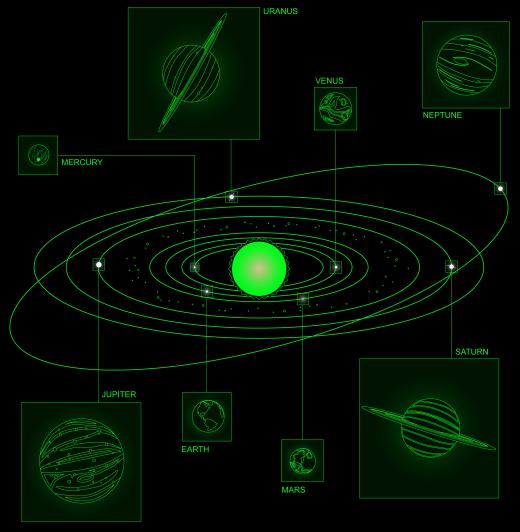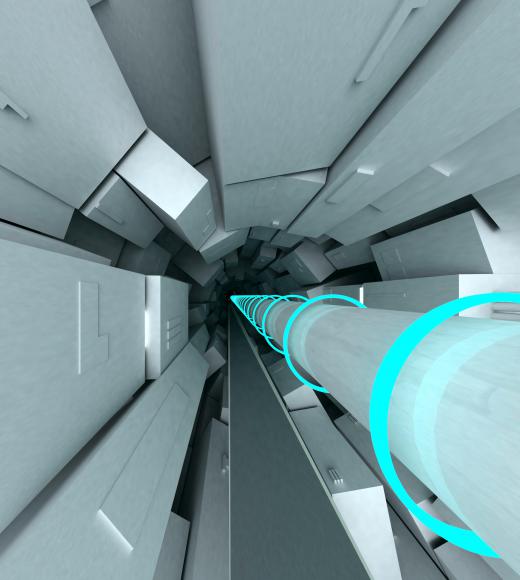How Would You Build an Interstellar Spacecraft?
 Michael Anissimov
Michael Anissimov
It's not extremely difficult in principle to construct an interstellar spacecraft: we've already made five, being Pioneer 10, Pioneer 11, Voyager 1, Voyager 2, and New Horizons. All these space probes are moving at escape velocity from the solar system and will one day reach other star systems.
The problem with these craft from a practical point of view is that all of them will require millions of years to reach these star systems. Although these probes will not explore other stars in the immediate future, some of them, Voyager 2 in particular, are already sending back data on the interface between our solar wind (the heliosphere) and the diffuse interstellar medium.

If you want to build an interstellar spacecraft that reaches its target star within a reasonable amount of time, say, 50 years, then this requires some form of propulsion significantly more powerful than chemical rockets, which are extremely inefficient. Possible sources include nuclear, in pulse propulsion and nuclear gas core reactor variants, solar sails, electromagnetic launchers, and antimatter propulsion systems. Although antimatter propulsion and EM launchers would require technology more sophisticated than we have now, the nuclear and solar sail options are within reach of our current technology.

In the 70s, the British Interplanetary society did a detailed study of an interstellar probe design that would be able to make it to Bernard's Star (6 light years away) in only fifty years. This interstellar probe design used nuclear pulse propulsion, meaning it tossed atomic bombs behind itself, letting them transfer some of their energy to pusher plates, which would accelerate the craft forward. Based on their calculations, the probe could achieve speeds 10% of the speed of light. This is around the limit for nuclear propulsion.

With antimatter or electromagnetic launchers, speeds closer to that of light could be achieved. Technical challenges for antimatter include producing it in the necessary quantities (we can only produce picograms of antimatter today, for millions of dollars) and adequately containing it. Challenges for electromagnetic launchers are providing the necessary energy (in the petawatt range) and length (hundreds of kilometers) to launch a interstellar probe to near light speed.
AS FEATURED ON:
AS FEATURED ON:















Discussion Comments
@browncoat - Unfortunately, it's extremely expensive and completely theoretical at the moment. It would make it easier to ship materials into space, but I've always been kind of worried it would make it too easy. I mean, we barely have enough stuff on Earth at the moment without pumping a whole lot of it into space for the benefit of only a few people.
@clintflint - Honestly, I don't think it matters too much what kinds of crafts eventually reach other stars. We will come up with something and probably more than one kind of something.
I think the real problem at the moment is battling our own atmosphere.
Anything we happen to throw up there is just going to keep going. It's a matter of getting it up there in the first place and getting it to the point where it's traveling fast enough to make it worth the trip. And I think the best way of doing this is the space elevator. I really hope that they manage to make one of these within my lifetime because it would really revolutionize the way we live and the way we travel in space.
I have always loved the idea of a solar sail. I didn't realize that we could theoretically make one at the moment.
The idea is that you make a material that is so thin and large that it can act as a sail for a solar wind, which is constantly coming off the sun.
Since there is very little to no friction in space, all you would need to do is get up speed from the sun and then you could keep going at the same pace.
Maneuvering would be a problem in deep space though, so you'd want to have some kind of backup.
Post your comments